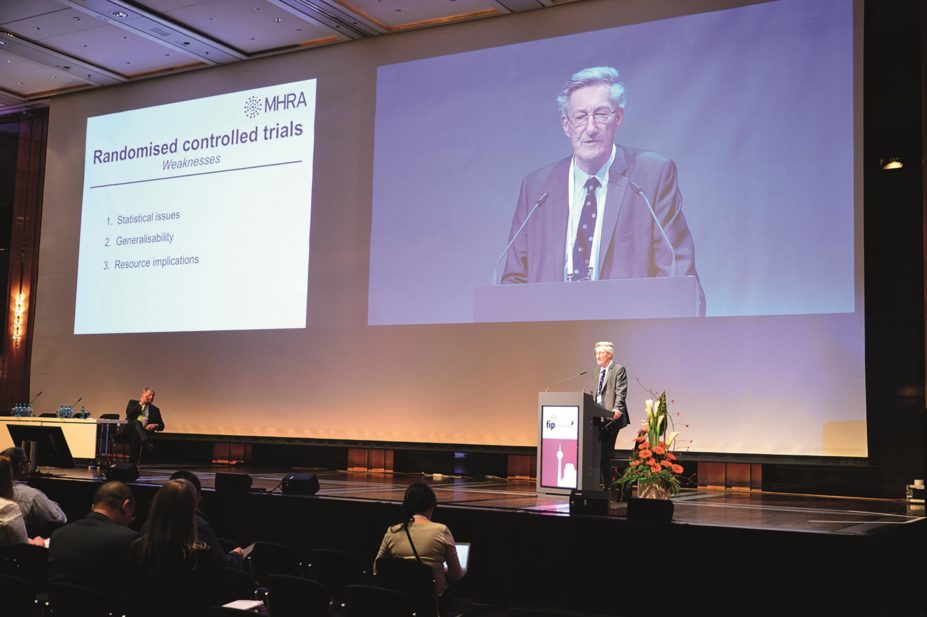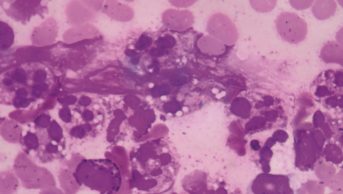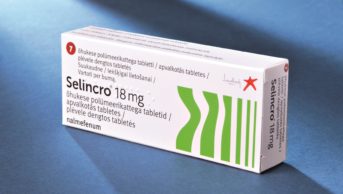
FIP
Randomised controlled trials (RCTs) have weaknesses and alternative trial designs should be considered more prominently in forming the evidence base for interventions, says Sir Michael Rawlins, chair of the UK’s Medicines and Healthcare Products Regulatory Agency (MHRA).
Novel trial designs should be considered as alternatives to “outrageously expensive” and sometimes flawed trials for assessing the safety and efficacy of medicines, he told the International Pharmaceutical Federation (FIP) World Congress 2015 in Dusseldorf, Germany, on 30 September 2015.
“It is commonplace now for a RCT to cost US$100m and there are a fair number of trials going on in the EU now that cost US$500m to do,” says Rawlins. “It’s hopeless, because the problem is if a country is having to spend this amount of money on these trials, then the price and the cost of the drug is going to be unaffordable in many healthcare systems.”
Rawlins said RCTs had become the gold standard within “hierarchies of evidence” used by technology assessment agencies, with observational studies much further down the list, but they were not perfect and other designs and analyses should be considered.
He also argued that it was important to retain clinical judgement in treatment decisions and not simply rely on the evidence base.
While RCTs minimise bias, confounding and random error, they also have weaknesses, he said. “There are statistical issues. We are bedevilled by the null hypothesis,” he said and explained that even a slender effect size will be statistically significant in a large enough trial.
In addition, RCTs are often not generalisable, as participants often have only one condition whereas real-world patients have several conditions.
Rawlins pointed to several other types of trials, including basket, umbrella, Mendelian randomisation, step-wedge and ring trials as alternatives to traditional designs. Historical controlled trials – comparing a cohort treated with a novel intervention with a historical cohort – may also be useful in some circumstances.
He also discussed the rise of adaptive pathways for drug approval. Here, once a potential new drug undergoes an experimental phase to examine the effect size and gets initial approval, access is extended to a large cohort of real-world patients in which the effect and safety data are collected and analysed in an observational phase. Only then does a drug acquire a full licence.
“A number of pilots are going on within the EU looking at whether this design is going to work,” he said.


